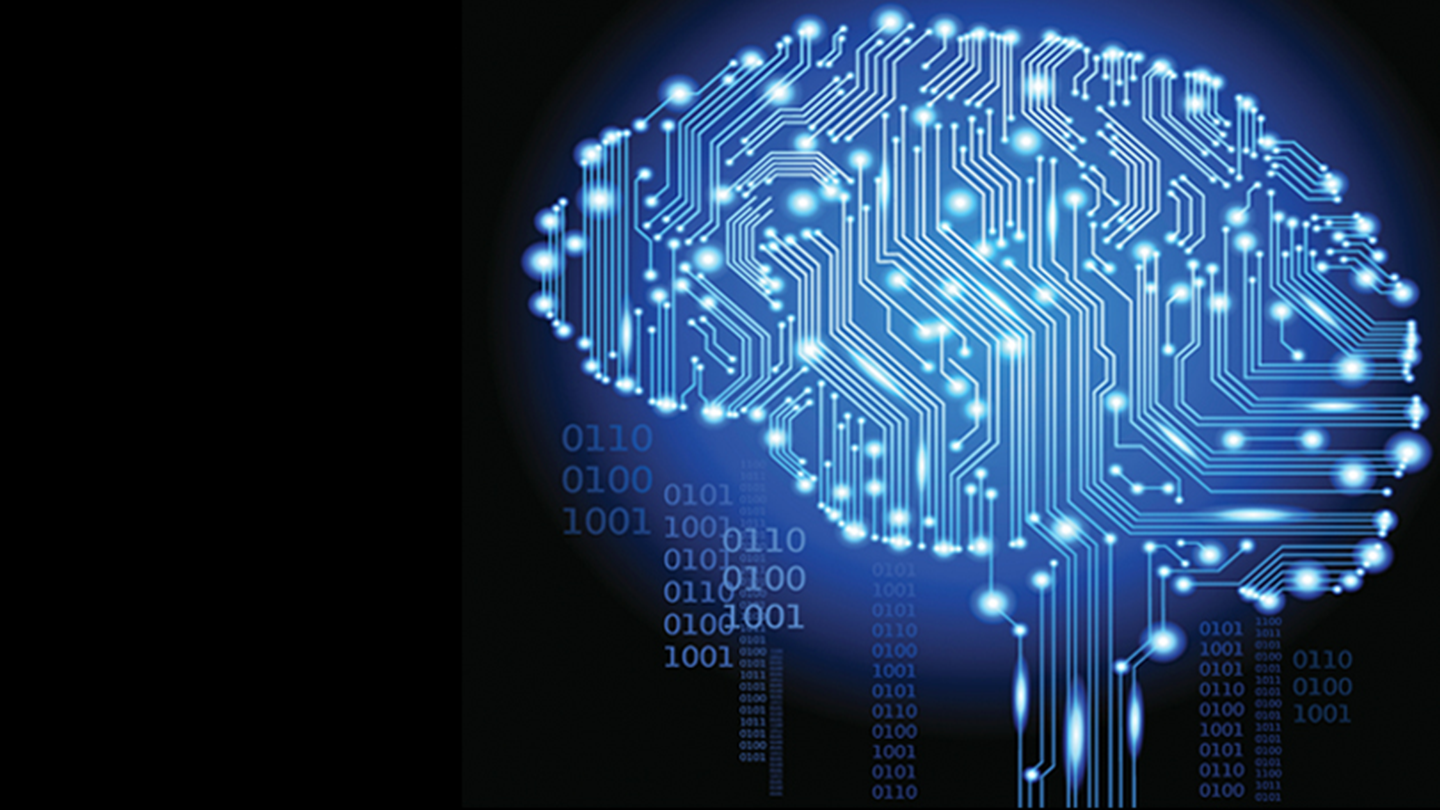
Most of the world’s software is expected to be rewritten with artificial intelligence and machine learning as the primary building blocks. According to PWC’s projections, artificial intelligence will contribute $15.7 trillion to the global economy by 2030, or 14% of global GDP growth. Artificial intelligence (AI) will be one of many technologies to gain prominence in the coming years. Other capabilities that stand out when considering the pervasive aspects of the software are databases and user profiles. You could say that intelligence is the primary ingredient in the most innovative programs of the present day. Cloud computing, cyber security, and networking are among the software concepts being rethought with the assistance of ML. ML (Machine Learning) is likely to play a crucial role in the evolution of the web3 marketplace. Many of these software advancements will find their next iteration in Web3, and ML will likely play a significant role in web3 marketplace development.
Web3 is not immune to the widespread effects of AI on other technologies and markets. However, AI implementation in web3 systems faces formidable technical obstacles. Therefore, it is essential to determine what major obstacles could prevent the implementation of AI in web3 and how to overcome them. Currently, solutions based on artificial intelligence are housed in a single location. Despite all the hype, the question that must be answered is what role AI will play in the distributed third web. How can we counter AI’s tendency to centralize? This article will cover all of these topics as well as others.
What specifically is Web3?
Web3 is an umbrella term for the Internet’s next generation. Decentralization is essential because it allows for more equitable resource distribution. Due to the distributed nature of web3, once it has fully matured, a handful of powerful technology companies will no longer be able to dictate the direction of the Internet’s fundamental features. Users will enjoy greater privacy as a result of increased data control. There will be no censorship, and everyone will receive an equitable share of the benefits. These are the distinguishing characteristics of web3 that still need to be standardized.
Web3 is founded on the decentralization principle. When searching Web2, URLs serve as the identifying factor. Web3 would enable data storage in decentralized network nodes due to its blockchain-based architecture. This option would give users greater control over the information stored by internet titans such as Google and Meta. With Web3, users can monetize the data generated by their various computing devices. With this in place, users can rest assured that they will never lose access to their data.
Permissionless and Trustless: Web3 is a decentralized network that operates on open-source software and requires no third parties that can be trusted. “dApps” refers to Web 3.0 decentralized applications.
Artificial Intelligence (Ai) and Machine Learning: Web3 will employ artificial intelligence (AI) and machine learning techniques based on Semantic Web principles and natural language processing to provide computers with human-level data comprehension. Web3 will also incorporate machine learning. This subfield of artificial intelligence employs data and algorithms to simulate the learning process of humans, thereby enhancing their proficiency gradually. With these improvements, computers can generate more precise and timely drug discovery results.
Connectivity: In web3, information and content are better linked, making them accessible to more applications. More and more devices are gaining internet connectivity. IoT plays an important role in this context.
What exactly is AI?
AI refers to programming computers to perform tasks that normally require human intelligence. Artificial intelligence includes expert systems, NLP (natural language processing), speech recognition, and computer vision. The foundations of artificial intelligence are the hardware and software used to develop and train machine learning algorithms. Massive amounts of labeled data optimize the performance of AI systems in most cases. They search for patterns and relationships in the data and use this information to make predictions. By exposing a chatbot to transcripts of actual chats, for instance, it can be taught to imitate human conversation. In addition, by being exposed to millions of images, a tool for image recognition can learn to recognize common objects in images. Priorities in the development of artificial intelligence include reasoning, learning, and self-correction.
Two Types of Artificial Intelligence
Strong AI – Intelligent systems can imitate human behavior in various situations. These more recent systems are more complex and convoluted. These systems can automatically solve problems without human intervention. Surgical suites and self-driving cars are two applications of advanced artificial intelligence.
Weak AI – Weak AI is an artificial intelligence system designed to perform a specific task. Artificial intelligence includes video game AI and personal assistants such as Siri and Alexa. The assistants address your questions in the form of questions.
How AI in Web3 Makes Layers of Web3 Intelligence?
The integration of machine learning into Web3 will permeate the entire stack. Three crucial web3 layers can provide machine learning-driven insights.
Intelligent Blockchains
Blockchain platforms are currently focusing on improving the distributed computing building blocks essential for decentralized financial transaction processing. Consensus mechanisms, mempool structures, and oracles are among these fundamental elements. To keep up with the increasing intelligence of other components of traditional software infrastructures, such as storage and networking, the next generation of layer 1 and layer 2 (companion and base) blockchains will incorporate ML-driven capabilities. For instance, a blockchain runtime can use machine learning prediction to conduct transactions, enabling developers to create consensus protocols to manage large volumes of data. AI applications can detect fraudulent behavior and prevent attacks by rapidly mining data and predicting behavior, enhancing the blockchain’s security. Artificial intelligence will be useful for blockchain technology as a protocol that can anticipate transactions and design scalable consensus mechanisms.
Intelligent Protocols
The Web3 stack can also incorporate ML capabilities utilizing smart contracts and protocols. DeFi is the most prominent example of this pattern. DeFi automated market makers (AMMs) and smarter lending protocols based on ML models are on the horizon. This is exemplified by a lending protocol using an algorithmic score to evenly distribute funds from multiple wallets.
Intelligent dApps
Decentralized applications (dApps) like web3 streaming platforms are anticipated to be one of the most popular web3 solutions for rapidly incorporating ML-driven features. This has been and will continue to be a trend in NFTs. The subsequent generation of NFTs will transition from simple images to interactive objects. These NFTs can modify their behavior based on their owner’s emotional state.
Why include AI in Web3?
Change from Universality to Individualism
Move away from generalizations and toward particulars.
Over the past decade, large technology companies have mined user data for insights and value using centralized AI models. The purpose of web3 is to increase the accessibility of AI so that not only the wealthy can use it. Each AI model is constructed from scratch using the creator’s unique experiences, interests, and knowledge.
To Owners from Users
Private companies need to possess the ability to monetize user-generated content. Therefore, many content creators should be compensated and appreciated more. In web 3, creators own all their data, artificial intelligence models, and digital assets. Since few corporations contribute to developing blockchain platforms, creators retain full control of their data. They are free to use it for any purpose, including sharing it with others.
From Scarcity to Advantage
Tokens must be enhanced to give users the ownership or incentives required for long-term sustainability. Tokens must serve a purpose and provide holders with genuine value. Your personal AI generates the new deal based on the content you produce and the skills you use to create it. Using social tokens, you and your community can access your own AI, which opens up new avenues for collaboration and creates value for everyone.
From Consumption to Engagement
Most contemporary media platforms are designed to serve multiple users, and the relationship between content creators and their audiences is predominantly unidirectional. The platform for creators and their communities is provided by personal AIs and a decentralized system for exchanging value using social tokens. By building a new architecture of collaborative networks, we are redefining the relationship between value creation and value consumption.
Contributions and Memberships
Creators have hoped for decades to amass a large subscriber base from which they can profit. However, only a small percentage of creators earn a living wage, which is detrimental to both creators and audiences. Web3 AI is powering a new creator economy, allowing communities to invest in the most valuable creators and AIs. As a result, creative individuals can now earn a living while supporting their communities.
Why does Web3 adopt ML technologies from the top down?
A bottom-up diffusion pattern is probable because of the numerous interconnected components that comprise web3 intelligence. Blockchain runtimes will likely acquire intelligence, eventually influencing protocols such as NFTs and DeFi. Despite this promising start, severe technological limitations have forced web3 to adopt ML technologies hierarchically. The development of new blockchain runtimes, which is required because blockchains are based on distributed computing, has created these technical obstacles.
This method, in contrast to contemporary ML models, which require time-consuming and laborious calculations to prepare and streamline designs, emphasizes a unified approach from the outset. Within blockchain runtimes, machine learning capabilities can be consolidated. This will require multiple revisions before it is complete.
Final Word
AI in web3 is an innovative IT development. With the proliferation of ML platforms, frameworks, and APIs over the past decade, web3 solutions now have access to many previously unavailable intelligent features. The first signs of intelligence are beginning to emerge in web3 applications. We can certainly affirm that intelligent web3 exists but is not evenly distributed.

